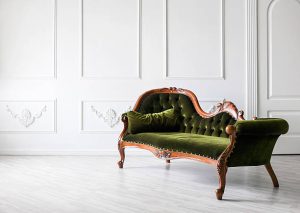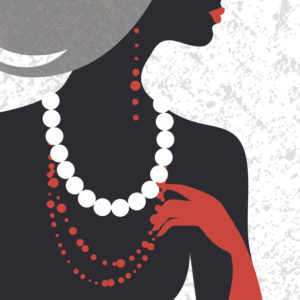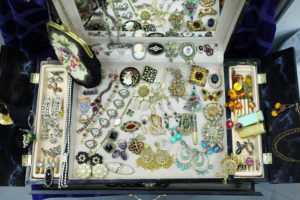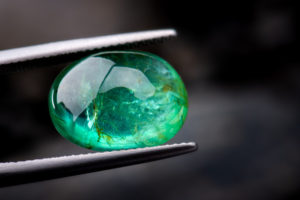It does not matter if you are an antiquing expert or a beginner, everyone knows that some antiques can be very valuable. However, the antiquing novices may be wondering what antiques and collectibles they should be keeping an eye out for while they’re browsing tag sales and antique stores.
On the Lookout
Here is a list of some of the valuable antique finds as well as vintage, and retro items budding collectors should get excited about:
- Rare coins
- Original paintings
- Antique furniture, clocks, and doorstops
- First-edition books, vintage comic books, and postcards
- Early baseball cards
- Musical instruments
…And More
- Antique maps and globes
- Jewelry
- Dishes, china, flatware, and depression glassware
- Vintage toys
- Old cameras and lenses
- Decoy ducks
Valuable Collectables
These items can be very valuable, selling in the hundreds, thousands, or even millions of dollars. Certain specific items, of course, can stand above their peers in terms of both rarity and value. First-edition copies of certain famous and well-loved books can be worth tens of thousands of dollars. A first-edition copy of Harper Lee’s “To Kill a Mockingbird” can be worth up to $70,000 and a copy of “The Great Gatsby” by F. Scott Fitzgerald can be worth up to $30,000. Rare vintage toys can be even more valuable than even the most cherished first-edition novels. The “Redline Hot Wheels Car” released in 1968 can be worth $100,000 to $200,000 today, as can the Star Wars First 12 Action Figures released in 1977. Antique furniture is another realm of antiquing that contains highly valuable items. Certain items of antique furniture such as the Federal Inlaid Mahogany Sofa and the Sheraton Banjo Wall Clock can be worth up to $500,000. Others like the Hepplewhite Inlaid Mahogany Sideboard can be worth up to $1 million, while the Chippendale Rococo Mahogany Highboy can be worth up to $3 million.
Other Rare Finds
Particularly rare and beloved comics can be even more valuable than even the rarest vintage toys and the vast majority of antique furniture. For instance, a surviving copy of Action Comics #1, the 1938 DC comic that introduced readers to Superman, is valued at $2 to $3 million. Batman’s 1939 debut comic Detective Comics #27 is valued at $1 to $2 million.. However rare coins can be even more valuable than these debut superhero comics. The 1794 Flowing Hair Silver Dollar is worth an eye popping $10 to $15 million today and the 1933 Saint-Gaudens Double Eagle coin is worth $7 million to $10 million on the coin collecting market. These two American coins are the most valuable in the world, but coins from other countries like the British 1703 Queen Anne Five Guineas, the Spanish 1715 Fleet Treasure Cob, and the German 1743 Vereinskrone Thaler are also worth millions of dollars. These are, of course, just a small smattering of the valuable antiques and collectibles waiting to be discovered in the attics, basements, tag sales, garages, and thrift stores of the world.
Valuable Antique Finds
While it can be very exciting to imagine finding a valuable antique worth large sums of money, it is best to practice and love antiquing for its own sake. You may not find a multi-million dollar comic or coin on your antiquing journey, but you can definitely find beautiful and unique items that link us to our collective past. You can definitely find a piece of the past that you and your family can cherish and call your very own. Isn’t that the true spirit of antiquing? If you do find an antique item you believe to be valuable you can have it appraised at the Old & New Shop.
https://www.lovetoknow.com/home/antiques-collectibles/23-types-valuable-antiques-look
https://www.fleamarketinsiders.com/top-10-most-valuable-vintage-collectibles/
https://www.bidsquare.com/blog/12-unexpected-types-of-valuable-antiques-to-look-for-985

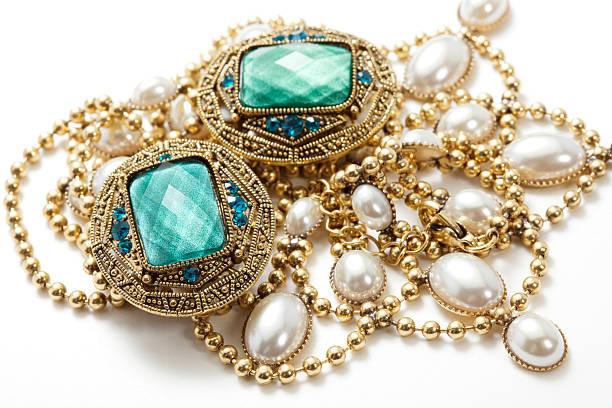
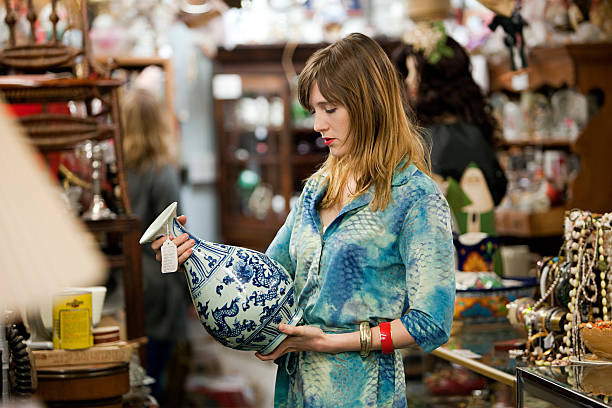 There is so much fun in shopping for antiques. Sometimes, we find the best items from the flea market and in specialized shops. From hand-painted teapots to ornate sofas, these antiques make an excellent addition to your home. An antique shopping guide will help!
There is so much fun in shopping for antiques. Sometimes, we find the best items from the flea market and in specialized shops. From hand-painted teapots to ornate sofas, these antiques make an excellent addition to your home. An antique shopping guide will help!